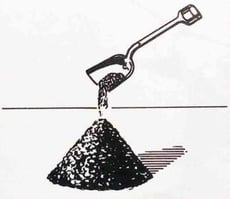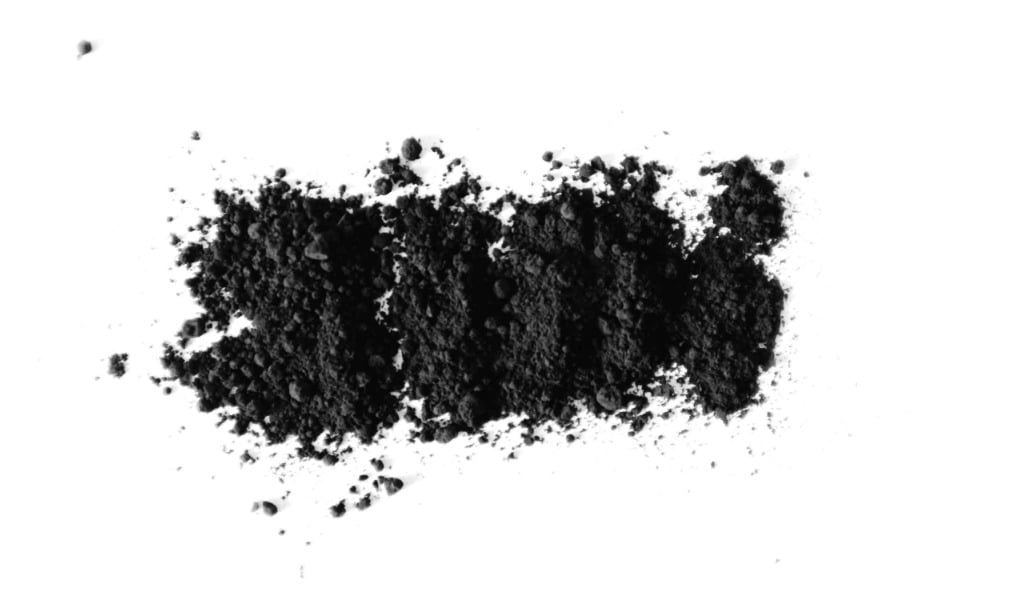How to Calculate The Angle of Repose When Conducting Particle Analysis
Particle size analysis is regarded as one of the most reliable ways of checking the quality of the particles that make up the products we consume daily. Despite the method used to conduct a particle analysis, the best practices lab technicians should employ when handling material remains the same.
After dividing the material into manageable representative samples, the angle of repose should be calculated to ensure you run the material for the correct amount of time. Failure to do so can lead to an inaccurate test that will negatively impact the quality of the end product that reaches consumers.
But what exactly is the angle of repose and how do you calculate it?
Here at W.S. Tyler, we take pride in helping our customers perfect their particle analysis operations and are prepared to use our 140 years of experience to ensure you make the most out of the angle of repose of your sample material.
With that, this article will cover the following:
- What angle of repose is
- How the angle of repose benefits the particle analysis industry
- How to calculate the angle of repose
- How a miscalculated angle of repose can affect your process
What Does Angle of Repose Mean To the World of Particle Analysis?
The term angle of repose best defined as the slope angle in which a pile of sample material can withstand slumping on a given horizontal plane. That said, in the world of particle analysis, the higher the slope of the material, the more irregular in size the particles are.
How Does the Angle of Repose Benefit Particle Analysis?
 As the angle of repose is a key indicator of the size and shape of the particles in a given sample, it helps lab technicians get a better feel for what is needed to fine-tune their process.
As the angle of repose is a key indicator of the size and shape of the particles in a given sample, it helps lab technicians get a better feel for what is needed to fine-tune their process.
To put this into perspective, let’s say you are testing two piles of aggregate. You calculate that pile A has an angle of repose of 75 degrees and the angle of repose of pile B is 10 degrees.
These calculations primarily affect test sieve analysis and help you determine how long you should be running your material.
That said, as the angle of repose increases, the longer you will need to run your test sieve analysis. But if your angle of repose is smaller than expected, then the sieving time can be decreased.
How Do You Calculate the Angle of Repose?
When talking angle of repose, you are looking at piles of representative sample material. While you can mathematically measure the angle, you can, for the most, visually see the angle of repose.
 Transferring this visual is simply understanding what this angle means. When mathematically calculating the actual angle of the pile, however, you are comparing it to a 90-degree angle (base to slope).
Transferring this visual is simply understanding what this angle means. When mathematically calculating the actual angle of the pile, however, you are comparing it to a 90-degree angle (base to slope).
With that, the first step in determining the angle of repose mathematically is to measure the sample pile from the base of the pile to the topmost part. You then want to measure the radius of the mile.
Once both measurements have been obtained, enter them into a calculator using the following formula:
tan-1(2height/radius).
NOTE: The closer the angle of repose is to 90 degrees, the more irregular the particles are.
How Will a Miscalculated Angle of Repose Affect the Particle Analysis Process?
If the angle of repose is miscalculated in any way, the particle analysis results you obtain will be affected. As stated before, the higher the angle repose, the more you have to adjust your sieving process.
Now, it’s important to understand that most companies that neglect to adjust their sieving time yield results with extreme variants more times than none. If you wish to obtain the best results possible, it is vital that you follow best practices when calculating the angle of repose, adjusting your test sieve analysis process to accommodate these calculations.
Ensure Your Particle Analysis Process Compliments Your Industry Standards
For decades, particle size analysis has been regarded as one of the most reliable methods of determining the quality of various particles. That said, there are many steps that must be taken to obtain reliable results.
This includes accurately calculating the angle of repose of your sample material.
While this can be done visually, using the angle of repose formula stated above will provide the best possible results. Despite the angle of repose affecting the amount of time you should run your material, you must also consult your industry standards to create the perfect particle analysis process.
With over 140 years of particle analysis experience, W.S. Tyler is here to help ensure you fully understand and adhere to the standards that regulate your industry.
To get a better understanding of the many industry standards that will help you determine how long your analysis should last, review our article: What are Particle Analysis Standards? (ISO and ASTM) + Video.
About Ronnie Brown
Ronnie is the Content Writer for W.S. Tyler and has four years of experience as a professional writer. He strives to expand his knowledge on all things particle analysis and woven wire mesh to leverage his exceptional writing and graphic design skills, creating a one-of-a-kind experience for customers.



